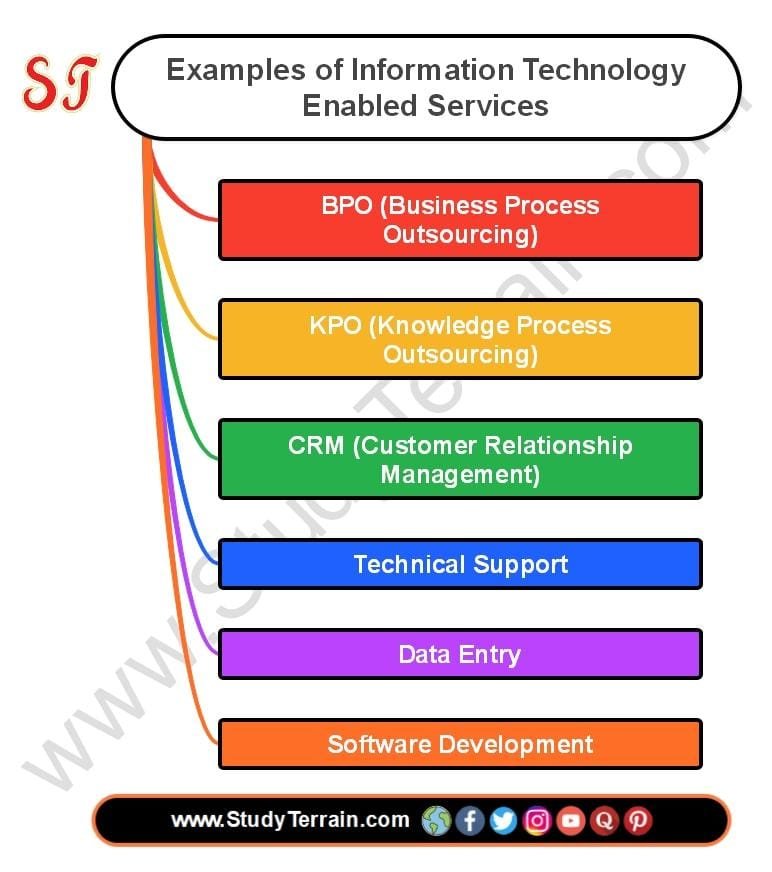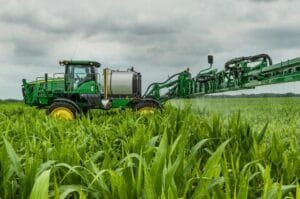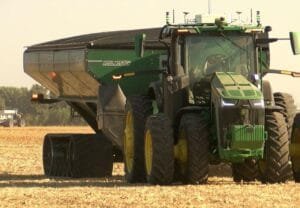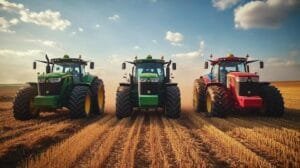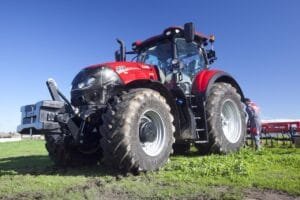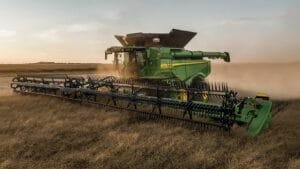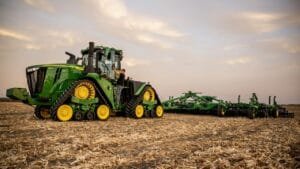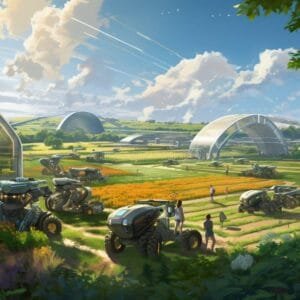Revolutionary Transformation: 3D Printing Technology Reshapes Tractor Component Production
The agricultural machinery sector witnesses a profound shift in manufacturing approaches. Traditional methods falter while innovative solutions emerge through specialized printing techniques. Farmers across regions benefit immensely. The integration of High-Speed Sintering and other advanced 3D printing technologies has created unprecedented possibilities for tractor component production, allowing manufacturers to navigate beyond conventional constraints.
Stratasys and similar pioneers demonstrate that 3D printing delivers components in remarkable timeframes. Development cycles shrink dramatically. Parts materialize within days rather than weeks or months, a swift transformation from computer model to tangible object. This technology doesn’t merely accelerate production—it fundamentally alters the economic equation of component manufacturing.
Equipment downtime, the eternal nemesis of agricultural operations, diminishes substantially with these innovations. When tractors sit idle during harvest season, financial repercussions cascade throughout the operation. Modern printing techniques address this predicament through on-demand production capabilities that circumvent traditional inventory challenges. Farmers no longer endure extended waits for obscure components.
Cost considerations reveal perhaps the most compelling argument for this manufacturing revolution. The financial disparity between conventional methods and 3D printing techniques borders on astonishing. In a vivid illustration, replacing a specialized tractor gear through mechanical production would exceed €300, whereas the identical component produced via selective laser sintering costs merely €28—a tenfold reduction that speaks volumes about economic implications.
Customization and Adaptability
Mountain regions present distinctive operational hurdles for agricultural equipment. Lindner Tractor Company recognized these unique demands required equally unique manufacturing solutions. Their adoption of voxeljet’s HSS technology exemplifies how 3D printing addresses specialized terrain requirements through bespoke component design. Farmers operating in challenging environments particularly welcome this development.
Joysticks and control levers, previously standardized through injection molding, now emerge from printers with customized ergonomics and functionalities. Lindner’s head of innovation articulated the inadequacy of previous manufacturing techniques when confronting customer-specific requests. The diversity of agricultural operations demands equally diverse equipment solutions.
The technology’s adaptability extends beyond new equipment. Vintage tractors gain extended operational lifespans through replacement parts that manufacturers stopped producing decades ago. Enthusiasts and working farms alike benefit when irreplaceable components become replaceable again. Many beloved machines avoid the scrapyard due to these advancements.
3D printing’s geometry tolerance represents another substantial benefit. Complex internal structures that would challenge or defeat traditional manufacturing methods present no significant obstacle to additive techniques. The tractor gear with intricate spindle geometry mentioned earlier demonstrates this capability vividly—its interior complexity posed no hindrance to the printing process.
Implementation Challenges and Future Directions
Despite enthusiasm surrounding these advances, implementation hurdles persist across the industry. Digital modeling expertise remains somewhat limited in agricultural contexts. Converting damaged components into printable files requires specialized knowledge that many repair facilities haven’t yet cultivated. This knowledge gap narrows gradually but represents a genuine constraint.
Material durability initially raised concerns among skeptics. However, contemporary printing materials often outperform original components in crucial aspects like wear resistance. The iglide i3 material utilized in the tractor gear example actually promised extended service life compared to its predecessor—a counter-intuitive outcome that challenges preconceptions about printed components.
Stratasys reports cost reductions between 60% and 90% through their technologies, figures that fundamentally alter economic calculations for equipment maintenance and customization. These savings pass eventually to consumers and agricultural producers, though distribution of benefits remains somewhat uneven across market segments.
Additive manufacturing’s resource efficiency deserves attention alongside its economic advantages. The process eliminates significant material waste characteristic of subtractive manufacturing approaches. Less raw material consumed means reduced environmental footprint—an advantage that agricultural operators increasingly value as sustainability concerns permeate the industry.
The tractor that narrowly escaped scrapping thanks to a printed gear represents countless similar machines granted renewed purpose. This technological renaissance extends equipment lifecycles while simultaneously enabling unprecedented customization for new machinery. Farmers benefit at both ends of the equipment spectrum—extending service of existing investments while accessing increasingly tailored solutions for new acquisitions.
As manufacturers like Lindner continue exploring these capabilities, the boundary between standardized and customized equipment grows increasingly blurred. The path forward involves greater integration of printing technologies throughout the agricultural equipment lifecycle, from initial design through decades of service and repair.

